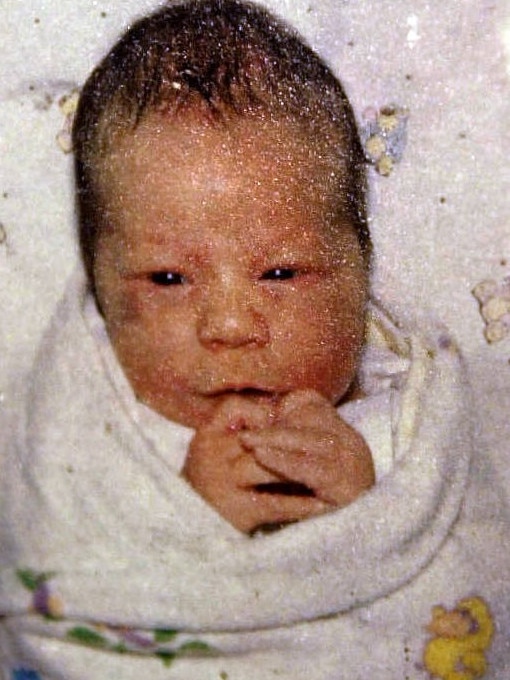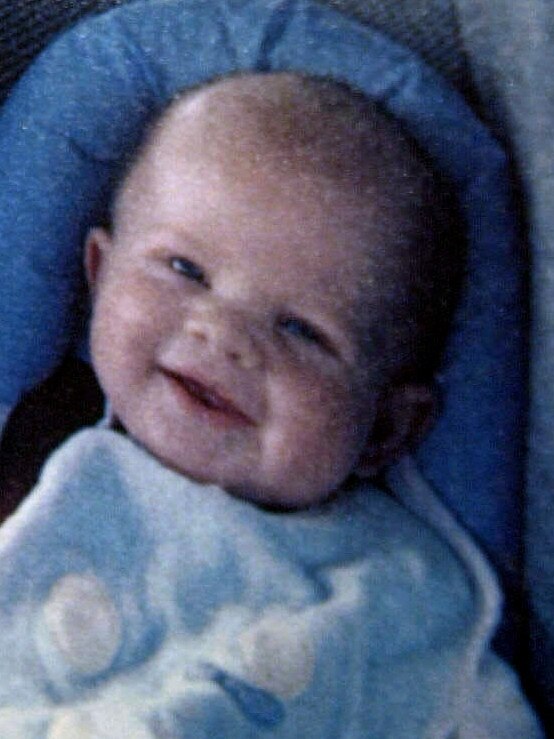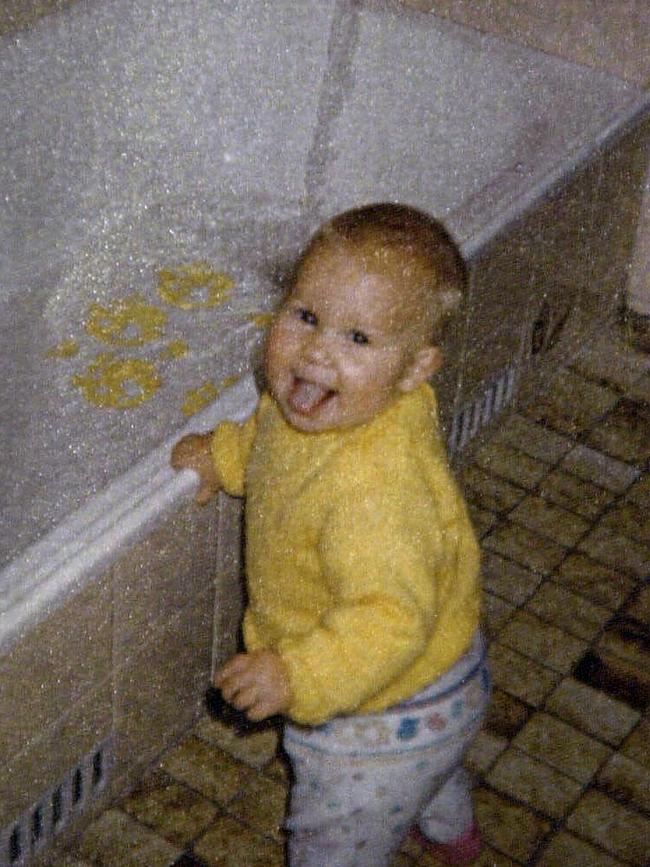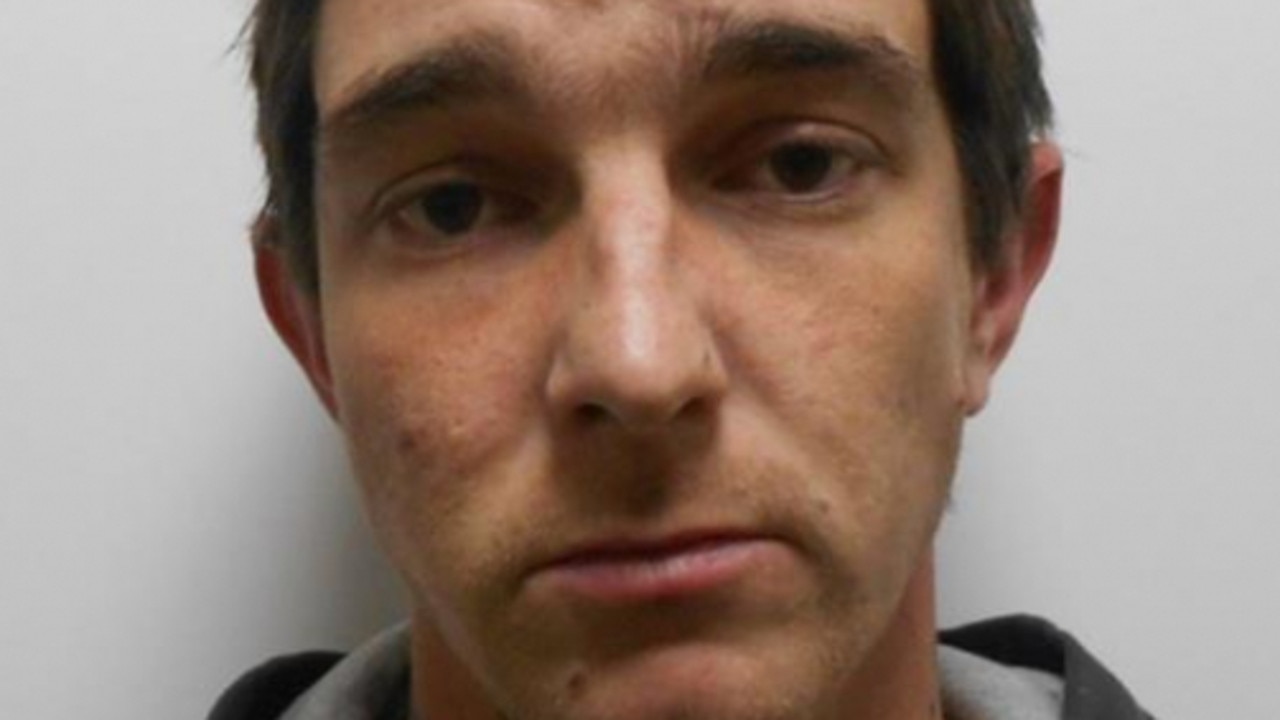Inquiry into Kathleen Folbigg babies’ deaths probes genetic mutations
It’s “unlikely” infamous child killer Kathleen Folbigg had the heart condition potentially linked to her daughters’ deaths, an inquiry has been told.
NewsWire
Don't miss out on the headlines from NewsWire. Followed categories will be added to My News.
A forensic pathologist says infamous child killer Kathleen Folbigg daughter’s heart inflammation was a likely cause of her death but couldn’t rule out whether the child had been smothered by her mother, an inquiry has been told.
Folbigg, 55, was found guilty of three counts of murder and one of manslaughter in 2013 after her young children Patrick, Sarah, Laura and Caleb died in suspicious circumstances between 1989 and 1999.
She is serving a 30-year prison term with a 25-year non-parole period.

She is not eligible for parole until 2028.
A second public inquiry is working to determine if new scientific developments prove the babies died of natural causes linked to a genetic mutation.
A 2021 scientific report suggested at least two of the babies, Laura and Sarah, died from a genetic variant believed to be linked to long QT syndrome, a heart signalling disorder that can cause fast, chaotic heartbeats or arrhythmias.
The inquiry has also heard the girls’ deaths may be linked to catecholaminergic polymorphic ventricular tachycardia (CPVT), a condition characterised by an abnormal heart rhythm or arrhythmia.


Dr Matthew Orde told the inquiry he’d analysed records of Laura’s heart tissue, known as slides, to determine if myocarditis, commonly known as inflammation of the heart, had caused her death.
He said the slides he assessed showed clear signs Myocarditis was present and was the likely cause of death, but from a forensic pathologist’s perspective he would need to look at the “big picture”.
“In my experience as a forensic epath, the extent of degree of inflammation in Laura’s heart slides creates a very compelling contention for the cause of death,” Dr Orde said.
“All I’m trying to draw attention to is, on the basis on the slides, I see a potential cause of death but I can’t exclude other factors having contributed.”
Dr Orde referred to suggestions the four children had been smothered but referenced there was difficulty of proving asphyxiation without clear signs of a struggle.
He said it’s “possible to smother a young child without detection at autopsy” but it was harder to detect the older the child became because of the possibility of there being signs.
“I think it’s clear that there would be likely (be evidence of) struggling, there would be injury to the face, particularly the lining of the mouth and particularly the teeth which would give likely rise to injury to the mouth,” he said.
“I think in cases of young infants it would be possible to leave undetectable signs … it’s a possibility but the probability of such an outcome … would reduce as the child gets older.”
Dr Orde said there was varying debate about whether an “absence of injury” indicated smothering had occurred.
Professor Stephen Cordner told the inquiry none of the children except for Sarah – who had “two tiny abrasions on her lip or chin” which could have occurred during resuscitation – had signs of smothering.
“The conclusion at the end of the (first) inquiry was these injuries concluded to nothing, and all of the pathologists agreed those injuries could relate to resuscitation,” he said.
Meanwhile, Dr Dominic Abrams told the inquiry on Wednesday morning he analysed exercise tests performed on Folbigg to determine whether she had CPTV.
“It is possible but unlikely to my mind that Kathleen Folbigg has a very low of CPTV and her two children died of mild CPTV,” Dr Abrams said.
He said this “shifts weight” away from Sarah and Laura’s death being related to the pathogenic variant linked to arrhythmia.
Dr Abrams said his findings were not influenced by the fact Patrick and Caleb didn’t share the same genetic variant found in the girls.
“I was very much focused on the calmodulin of the two girls. My assessment was focused on the role of the calmodulin variant, but it’s important to look at the family as a whole obviously,” he said.
“Obviously you have four children with a similar death, two who have the calmodulin variant and two who did not.”


Former NSW chief justice Tom Bathurst KC is heading the second inquiry into Folbigg’s convictions and is considering whether there is reasonable doubt about her guilt.
Folbigg has always maintained her innocence despite multiple appeals.
A public inquiry in 2018 reinforced her guilt.
The second inquiry continues.
Originally published as Inquiry into Kathleen Folbigg babies’ deaths probes genetic mutations



